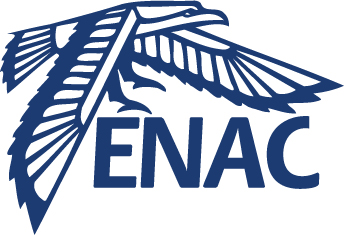Conceptual Design for Long-Endurance Convertible Unmanned Aerial System
Résumé
This research is aimed at analysing the effect of design parameters on critical aerodynamic performance of convertible unmanned aerial vehicle (UAV) with vertical take-off and landing (VTOL) capabilities and providing a sizing tool for its conceptual design. The research was based on new aerodynamic models specifically developed and validated for convertible aircraft,
performed using mission-based optimisation techniques.To accommodate a wide range of convertible aircraft configurations, a non-linear lifting-line method was used to efficiently analyse different combinations of lifting surface and propeller arrangements. Propeller loads were calculated using a blade element momentum approach and corrected for high incidence angle conditions according to numerical and experimental studies. Propeller-wing interactions were considered by modifying local boundary conditions at wing sections immersed in propeller slipstream.
Previous studies have suggested that the design of convertible aircraft is sensitive to typical mission requirements, notably the endurance breakdown between near-hover flight and cruise flight. A clear sizing law for wing and propeller according to given mission specification could greatly improve the understanding of compromises between hover and high speed flight.
Domaines
Automatique / Robotique
Fichier principal
 Conceptual_Design_for_Long_Endurance_Convertible_Unmanned_Aerial_System.pdf (2.27 Mo)
Télécharger le fichier
Conceptual_Design_for_Long_Endurance_Convertible_Unmanned_Aerial_System.pdf (2.27 Mo)
Télécharger le fichier
Origine : Fichiers produits par l'(les) auteur(s)
